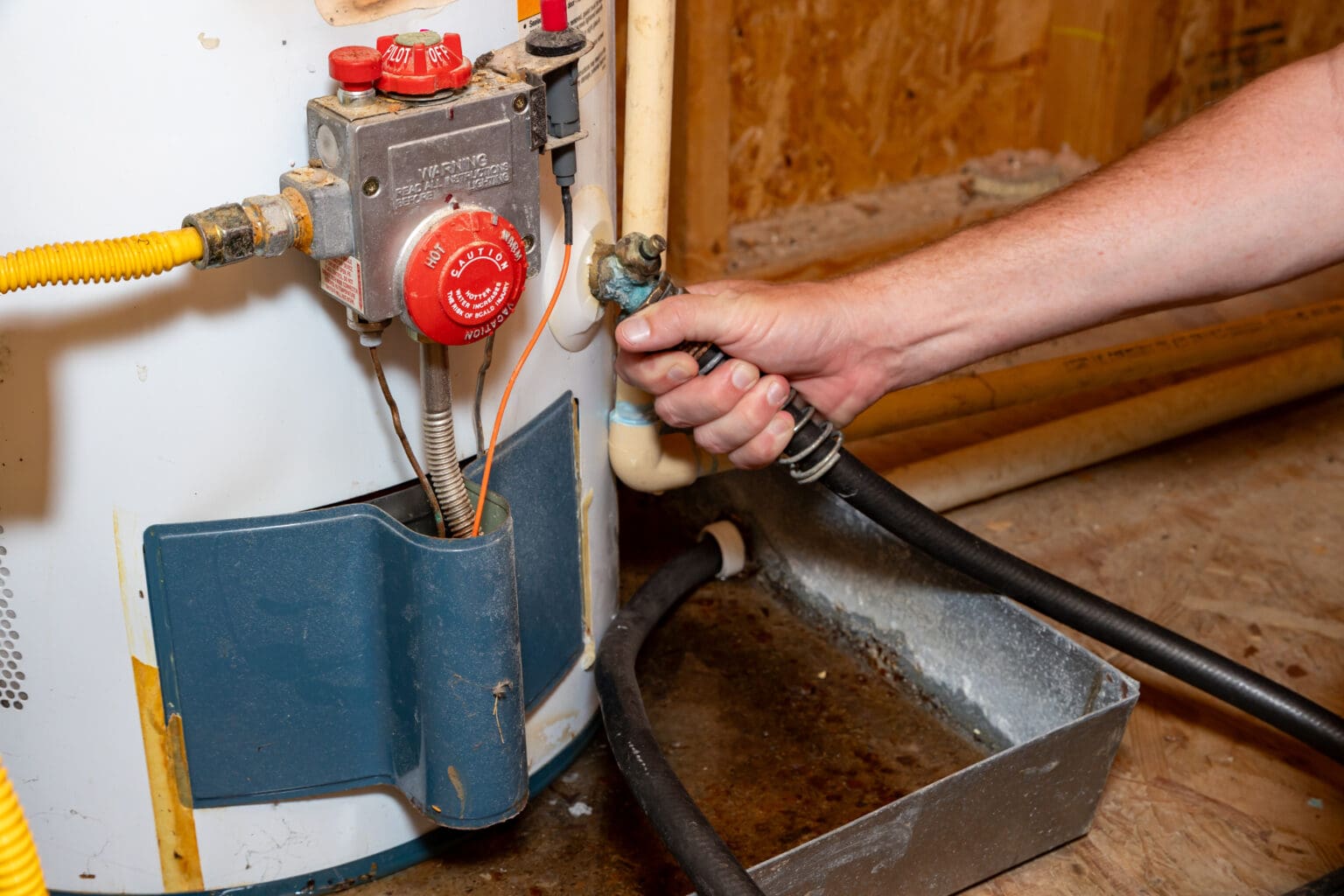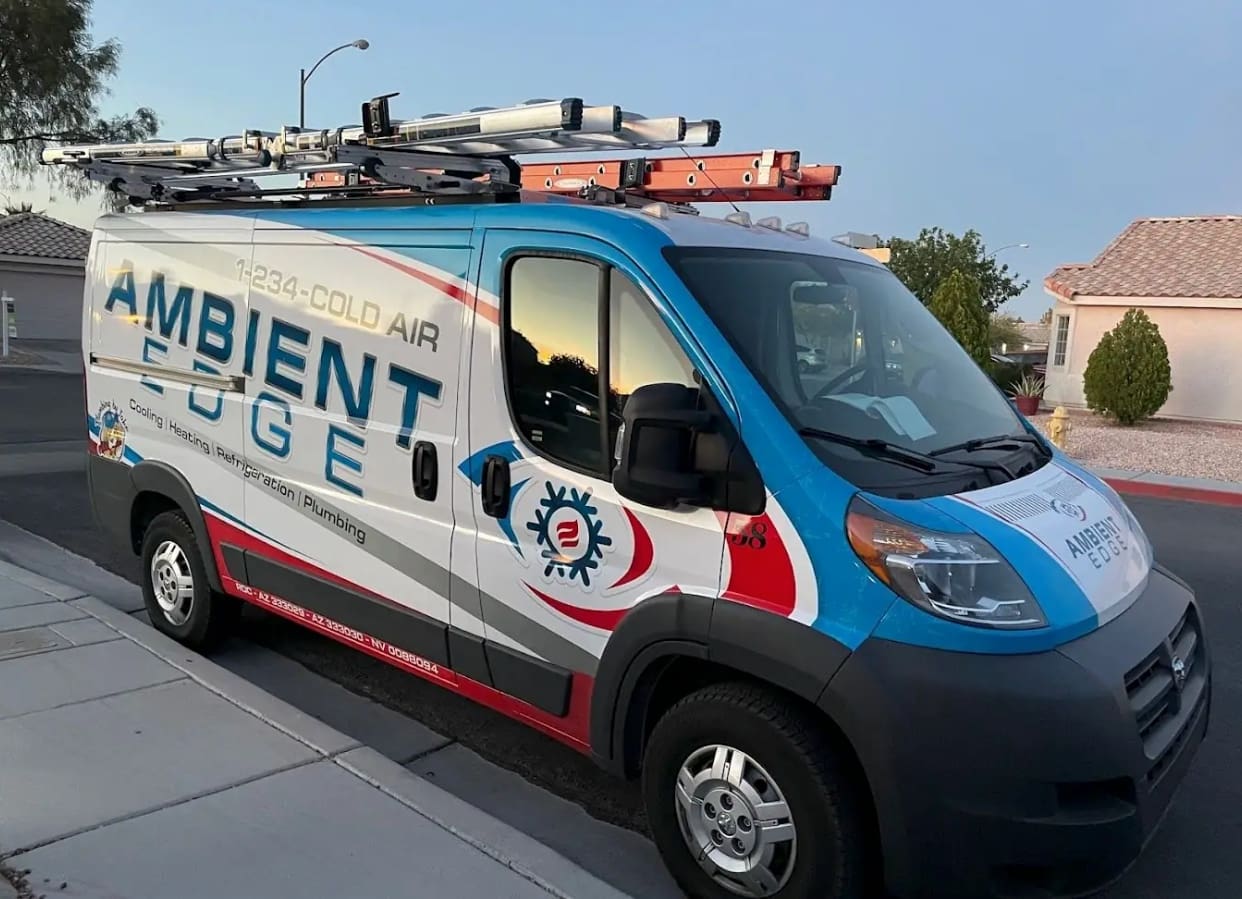As a Las Vegas-area homeowner, you should be familiar with AFUE, SEER, and HSPF, the standard measures of efficiency for your heating, ventilation, and air conditioning equipment. Knowing what the ratings AFUE, SEER, and HSPF mean can help you make decisions about replacing, purchasing, or upgrading the HVAC equipment in your home.
Origin of the Standards
The U.S. Department of Energy has established standard ratings for the efficiency of HVAC units. These standards allow consumers to compare the efficiencies of different furnaces, air conditioners, and heat pumps. These three standard measures enable homeowners to understand a unit’s efficiency without being an HVAC expert.
AFUE, Average Fuel Utilization Efficiency
The AFUE rating measures the heating efficiency of both gas and oil furnaces. An efficient furnace heats your home while burning as little fuel as possible, saving energy and saving you money on heating bills.
Expressed as a percentage, the AFUE is the percentage of fuel energy used to heat your home. For example, a unit with an AFUE of 90 percent means that 90 percent of the unit’s fuel produces heat for your home and 10 percent goes to waste. The more efficient your furnace operates, the higher its AFUE rating will be.
Check the AFUE of the furnace in your home: Low-efficiency units have AFUE values between 56 and 70 percent. You could save money by replacing your old unit with a high-efficiency unit that will cost less to run and likely be more reliable than your old furnace.
SEER, Seasonal Energy Efficiency Ratio
All air conditioners and heat pumps sold in the U.S. have a SEER rating that measures their cooling efficiency. Heat pumps have both a heating and cooling function. Their cooling efficiency gets measured in SEER ratings like air conditioners, and these units also have their own heat efficiency rating. As with AFUE, the higher the SEER number becomes, the higher the efficiency will be. Unlike AFUE, SEER is not a percentage.
You calculate a unit’s SEER rating by taking the unit’s total cooling power and dividing it by the total energy used to power it throughout one year. This SEER figure, a seasonal ratio, takes into account seasonal temperature variation. A unit’s efficiency varies depending on how hard the unit must work to keep your home cool.
In our region, modern air conditioners and heat pumps sold today must have a minimum SEER rating of 14 or higher depending on the type of unit. Older units could have a SEER value as low as 8. Considering the summer heat in the Las Vegas area, it’s a good idea to make sure you check a unit’s SEER rating when replacing or purchasing an air conditioner or heat pump. Choose a unit that will keep you cool while using energy efficiently.
HSPF, Heating Seasonal Performance Factor
This measurement rates the heating efficiency of heat pumps, and like the SEER rating, HSPF is seasonal. To measure HSPF, take the total heating power of a unit divided by its power usage over a year. This rating takes into account the shoulder seasons, spring and fall, when a unit will likely not be operating at full power.
A new heat pump will have a minimum HSPF of seven or greater, but if you’re concerned about a heat pump’s ability to both heat and cool your house, look for a unit with a rating of eight or greater. Typically, a heat pump with a high SEER rating also has a high HSPF.
Whether the weather is warm or cool, you should understand the efficiency rating of your heating and air conditioning equipment. An efficient unit makes the best use of energy and saves money over its operating life. Think about the equipment you have installed in your home, and if you’re considering making a new purchase, be sure you take the unit’s efficiency into account.
Call Ambient Edge. Discuss your heating and cooling options for your Las Vegas-area home with one of our service technicians. You’ll learn more about Ambient Edge’s services and discover how our team can work with you to improve the efficiency of your HVAC system.
Image provided by Shutterstock





